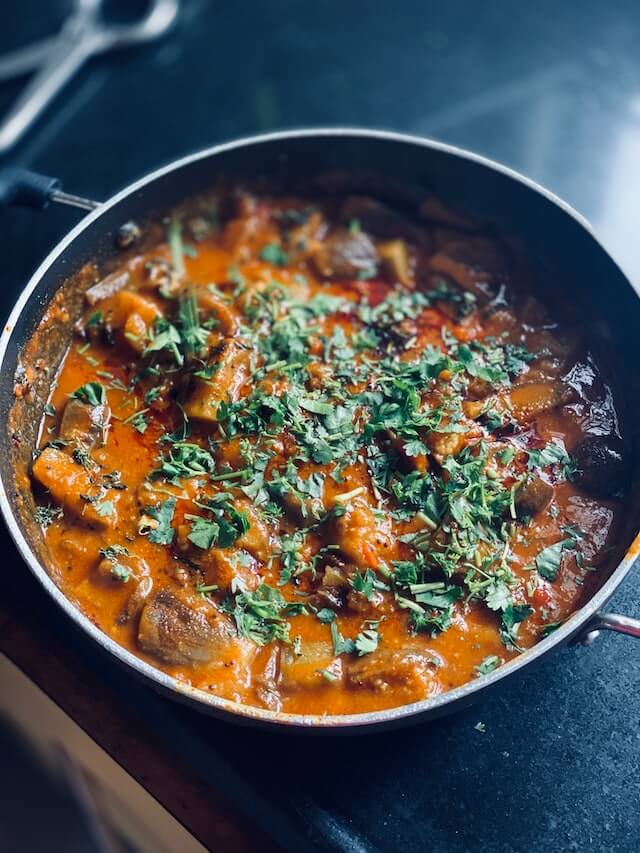You may have questioned why you’re so drawn to Indian food and what makes it so delicious. Well, this post will walk you through the reasons behind its delectable flavor.
In this blog, you’ll get to understand spices that provide distinct and beautiful flavors to Indian food, so keep reading!
What Makes Indian Food So Mouth-Watering?
If you want to know what makes Indian food tempting, then here are five things for you to consider.
A Variety of Spices
Indian cuisine is known for using a variety of spices to lend a unique taste to the meals. The mix of numerous spices, including turmeric, cumin, coriander, cardamom, cloves, and cinnamon, gives a deep and nuanced flavor that is difficult to resist.
These complex spices make Indian food a unique and delicious cuisine. You can even try Indian food meal prep delivery services for yourself as an easy and convenient way to enjoy Indian food.
Regional Diversity
India is a big nation with many different cultures and traditions. Each area has its distinct cuisine that reflects its history, geography, and climate. This implies a vast range of foods, each with its distinct flavor, texture, and cooking method.
Vegetarianism
India has a huge vegetarian population, which has resulted in the creation of rich and varied vegetarian food. Several Indian meals use vegetables, lentils, and beans as critical components, improving the flavor and making them healthier and more nutritious.
Street Food Culture
For any foodie, Indian street food is a must-try. Street cuisine products like chaat, vada pav, dosa, and samosas combine distinct tastes, textures, and spices. Street cuisine is an essential aspect of Indian culture and gives an unforgettable sensory experience.
Regional Sweets and Desserts
Indian sweets and desserts are well known for their distinct flavor and diversity. There is no shortage of sweets to select from, from the creamy and rich rasgulla of Bengal to the aromatic and nutty Mysore Pak of Karnataka. These sweets are frequently cooked with milk, ghee, sugar, and nuts, contributing to their rich and luscious flavor.
Fusion and Innovation: How Indian Food Is Evolving with the Times
The Evolution of Indian Cuisine: A Brief History
Indian food has a long culinary history influenced by cultural influences from all over the world. As a result, food has always been broad and dynamic, with a wide spectrum of flavors and methods. However, in recent years, Indian food has undergone tremendous change due to various causes, such as globalization, changing dietary habits, and the advent of technology.
The Rise of Fusion Cuisine in India
This trend is driven in India by a rising interest in international cuisine and a desire to try new flavors and methods. Indian chefs, for example, are increasingly incorporating avocados and quinoa into their recipes and merging Indian flavors and methods with Japanese, Mexican, and Italian cuisine.
The result is a cuisine that is both distinctly Indian and more cosmopolitan and diversified than ever before.
Globalizing Indian Food: How Indian Cuisine Is Being Adapted Abroad
In the United Kingdom, for example, Indian food has been modified to the British palate, resulting in dishes such as chicken tikka masala and onion bhaji. Indian cuisine is being altered to suit vegetarian and vegan preferences in the United States, resulting in delicacies such as jackfruit curry and cauliflower korma.
These changes not only make Indian food more accessible to people worldwide, but they also contribute to the emergence of new and intriguing regional specialties.
Conclusion
There is an Indian meal for everyone, whether you like robust and spicy flavors or sweet and savory combinations. Moreover, with so many methods to experiment with ingredients and cooking processes, the possibilities for culinary creativity and invention are limitless.




